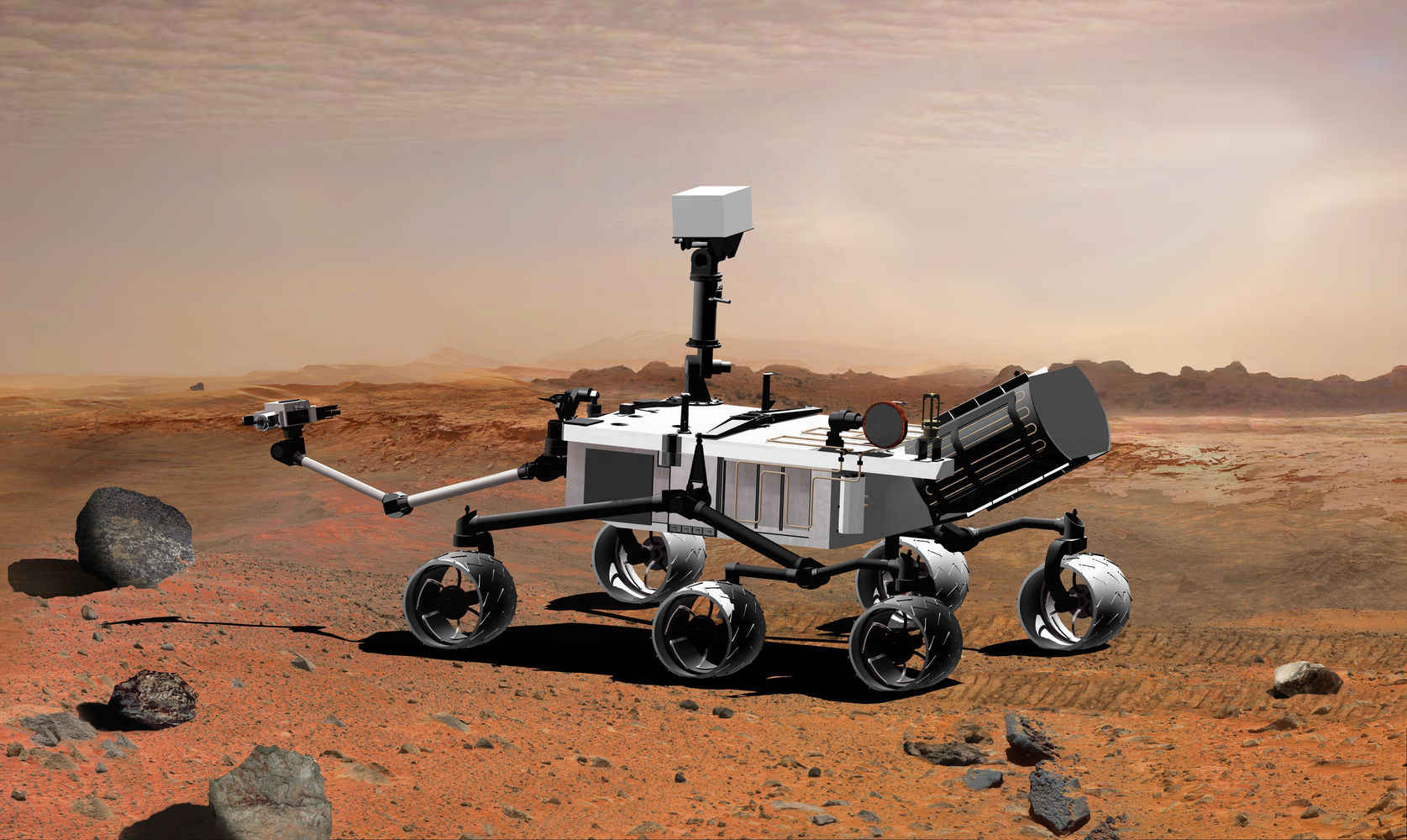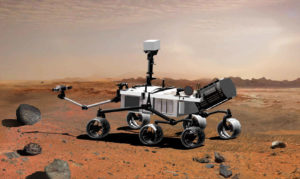Stirling, Great Britain, 13 Safar 1438/13 November 2016 (MINA) – An international team of researchers looked for evidence of rust on metals in meteorites that have hit the Red Planet as a way to gauge the level of moisture.
A previous study found evidence that very salty water might be able to condense on the Martian surface.
But the new research, led by Stirling University academics, suggests only a tiny amount of liquid is being produced in this way.
Dr Christian Schröder, a lecturer in environmental science and planetary exploration at the university, said: “This latest research reaffirms just how dry the environment is today.
Also Read: Global Campaign Calls for One Day Strike in Solidarity for Palestinian Prisoners
“As our data show, this moisture is much less than the moisture present even in the driest places on Earth. For life to exist in the areas we investigated, it would need to find pockets far beneath the surface, located away from the dryness and radiation present on the ground.”
Mars was once very different.
Also Read: Israel Announces Holding Two Martyrs’ Bodies
“Evidence shows that more than three billion years ago Mars was wet and habitable,” The Independent quoted Dr Schröder as saying.
In a paper in the journal Nature Communications, the researchers said Mars was likely to have been extremely dry for millions of years.
Water is believed to be the most important pre-requisite for life.
The study used information from the Mars Exploration Rover Opportunity about a cluster of meteorites at the Meridiani Planum, just south of the planet’s equator.
Also Read: Israeli Military Infiltrates Gaza Borders, Raze Lands
They used this to calculate a chemical weathering rate for Mars for the first time, specifically how long it takes for rust to form from the metallic iron present in meteorites.
It takes at least 10 and possibly up to 10,000 times longer on Mars to reach the same levels of rust formation than in the driest deserts on Earth. (T/R07/R01)
Mi’raj Islamic News Agency (MINA)
Also Read: Government Assures Debts Used Prudently






















 Mina Indonesia
Mina Indonesia Mina Arabic
Mina Arabic